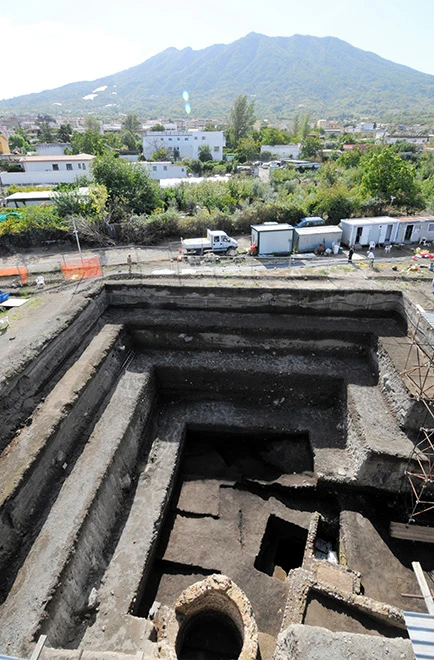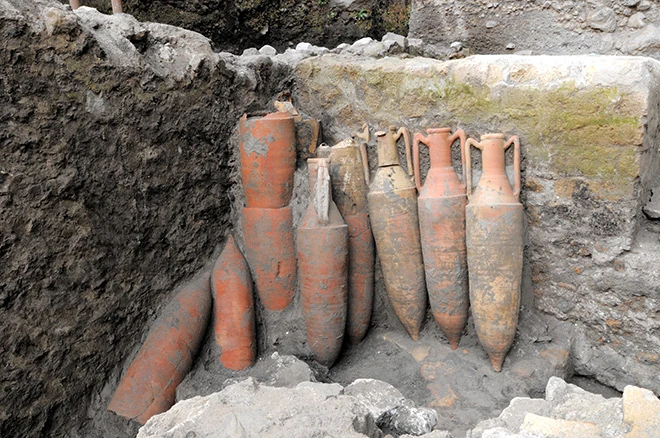
The remains of a villa thought to have belonged to the Roman Emperor Augustus have been found in Italy
Excavations in a volcanic ash-covered region of southern Italy have uncovered the remains of a 2,000-year-old building.
The excavation team believes that the structure could be a villa belonging to the Roman Emperor Augustus (63 BC – 14 AD).
The excavation team consists of Japanese researchers led by University of Tokyo professor Mariko Muramatsu.
Muramatsu and her team began excavating the remains of Somma Vesuviana on the north side of Mount Vesuvius in Campania in 2002.
📣 Our WhatsApp channel is now LIVE! Stay up-to-date with the latest news and updates, just click here to follow us on WhatsApp and never miss a thing!!
According to surviving accounts, the emperor Augustus died in his villa northeast of Mount Vesuvius, where a monument was later built to commemorate his achievements. To this day, however, the exact location of that villa remains a mystery.

Researchers from the University of Tokyo have uncovered part of a building used as a warehouse. One wall of the building had dozens of amphora ceramic vessels stacked on top of each other. In addition, they discovered the remains of a furnace that was probably used to heat the bathroom. Part of the wall had collapsed and old roof tiles were scattered on the floor.
Carbon dating of the carbon found in the kiln revealed that the structure dates from the first century.
A chemical composition analysis conducted by the researchers found that the volcanic pumice covering the ruins originated from a pyroclastic flow of lava, rock and hot gases from the eruption of Mount Vesuvius in 79. Pompeii, on the southern slope of the mountain, was completely destroyed by the same eruption.

Researchers say there is a possibility that the building was the emperor’s villa because it had a private bath installed at the residence of an influential figure. They also say that the bath was out of use around the time of Augustus’ death, and what appears to have been a large temple was later built on the site.
“After 20 years we have finally reached this stage,” said Masanori Aoyagi, professor emeritus of Western classical archaeology at the University of Tokyo, who was the first head of the research team that began excavating the site in 2002. “This is an important development that will help us determine the damage that occurred on the north side of Vesuvius and get a better idea of the 79 eruption.”
Cover Photo: Remains of what is believed to be a furnace used to heat a bath at the Somma Vesuviana site (Photo: Department of Mediterranean Areas Research, Institute for Advanced Global Studies, University of Tokyo, Komaba)
You may also like
- A 1700-year-old statue of Pan unearthed during the excavations at Polyeuktos in İstanbul
- The granary was found in the ancient city of Sebaste, founded by the first Roman emperor Augustus
- Donalar Kale Kapı Rock Tomb or Donalar Rock Tomb
- Theater emerges as works continue in ancient city of Perinthos
- Urartian King Argishti’s bronze shield revealed the name of an unknown country
- The religious center of Lycia, the ancient city of Letoon
- Who were the Luwians?
- A new study brings a fresh perspective on the Anatolian origin of the Indo-European languages
- Perhaps the oldest thermal treatment center in the world, which has been in continuous use for 2000 years -Basilica Therma Roman Bath or King’s Daughter-
- The largest synagogue of the ancient world, located in the ancient city of Sardis, is being restored











Leave a Reply